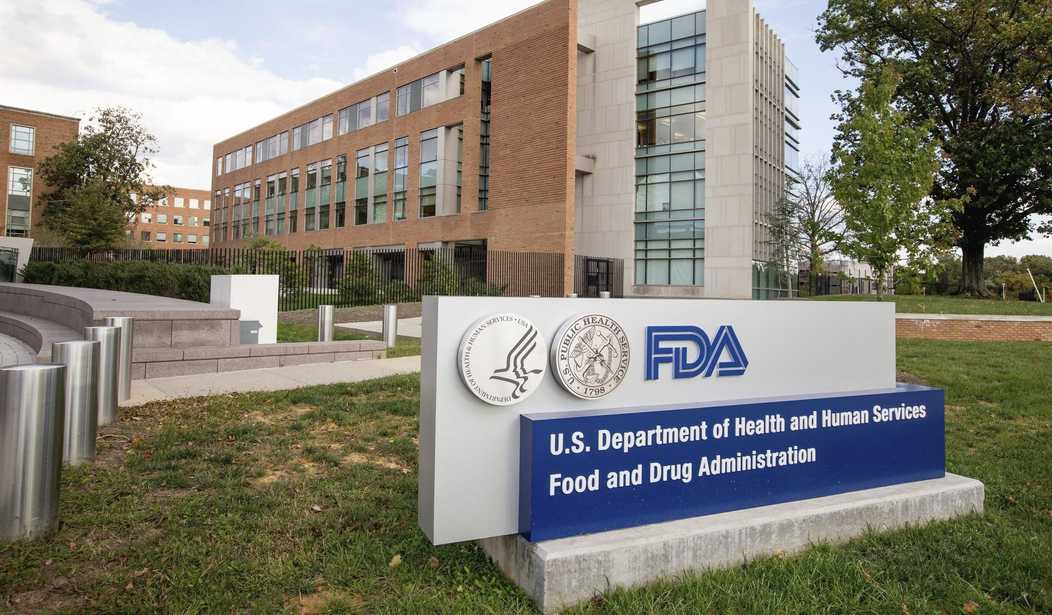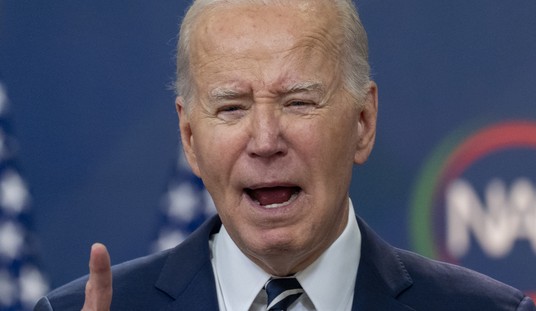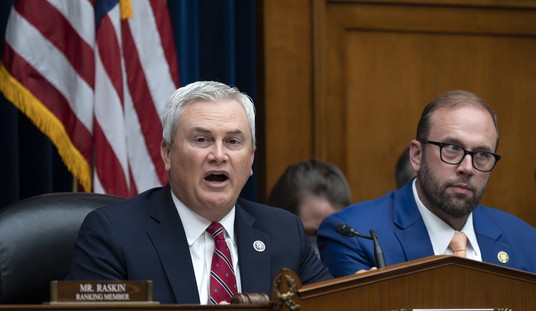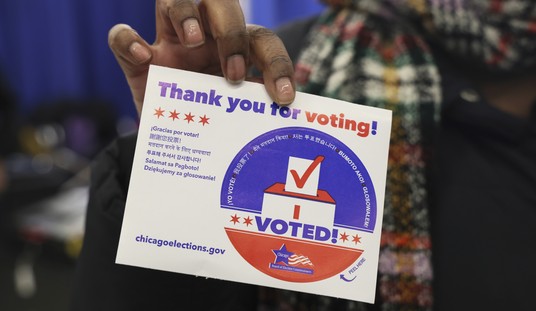“It’s been decades since the FDA has approved new treatments for the benefit of patients with sickle cell disease.”
Sonya L. Banks, president of the Sickle Cell Disease Association of America spoke those words on September 8, 2016, during Congressional testimony asking for reauthorization of research dollars for Sickle Cell Disease, which had expired in September of 2009.
Sickle Cell Disease is an inherited blood disorder that causes red blood cells to change shape and inhibit blood flow to vital organs, disproportionately impacting Black Americans. One of the terrifying characteristics is the abrupt onset of a painful “crises”, which is very difficult to treat, and very difficult to repeatedly endure. It is no surprise that patients and doctors alike referred to Sickle Cell Disease as “Sick as Hell” disease.
When Ms. Banks delivered her remarks in September 2016, there was a particular urgency to her testimony. You see, the authorization for research dollars directed to sickle cell disease had expired in 2009. After years of asking for these monies, the prospect seemed a bridge too far.
There’s always a cost for new therapies and new treatments; however, something that is not considered is the cost of doing nothing. The most expensive part of doing nothing is the enormous toll of human suffering that has occurred due to the lack of advances in combatting diseases like Sickle Cell.
The historic record provides context for the significance of the law signed in December of 2018. It took 50 years for Congress to put forward a stand-alone sickle cell research authorization.
Recommended
I was proud to co-sponsor the Sickle Cell Disease and Other Heritable Blood Disorders Research Surveillance Prevention and Treatment Act of 2018 which President Donald J. Trump signed it into law, which Ms. Banks called “a major victory for the sickle cell community."
This bill is making a big difference. Newer and promising therapies are being discussed in the scientific literature as well in the popular press. Following a segment on CBS’s 60 Minutes, Francis Collins, director of the National Institute of Health made the comment that it may be possible to talk about a cure for this illness.
Significant work still needs to be done, but for the first time in over 40 years, there is the promise of significant treatments as well as a potential cure for individuals who were stricken with this disease.
In the 1970s, as a medical student, my classmates and I were transported to a hospital on the outskirts of Houston Texas to talk with the patient who was recovering from Diphtheria. A Med School professor commented that it was important for us to be able to interview this patient because we were likely never to see another case of diphtheria during our time in practice. This is just one example of how American Innovation can eradicate diseases that were once a major scourge of our population.
So why has sickle cell research been neglected for so long? Future generations of patients and families could well inquire if it was within your power, why did our government in consultation with the medical community not pursue it?
Research and treatment can be expensive. However, the expense of inactivity, the expense of non-diagnosis, the expense of unsuccessful treatment is also substantial. There has been significant improvement in the outlook for patients suffering from Sickle Cell in the past three and a half years because President Trump’s administration has prioritized finding new cures.
This month is Sickle Cell Awareness Month. For the first time in decades, a White House proclamation was issued and I was thrilled to see First Lady Melania Trump host an important roundtable, “
If you are impacted by Sickle Cell, never accept the cost of doing nothing. If you want a leader that takes finding cure and improving treatment seriously, the choice is clear, the Trump Administration is fighting for that cure and I will continue fighting in Congress to make sure we get one soon.
U.S. Congressman Mike C. Burgess is a medical doctor representing the 26th District of Texas and serves as the Republican leader on the Subcommittee on Health.

























Join the conversation as a VIP Member